Animal Classification Sorting Worksheet
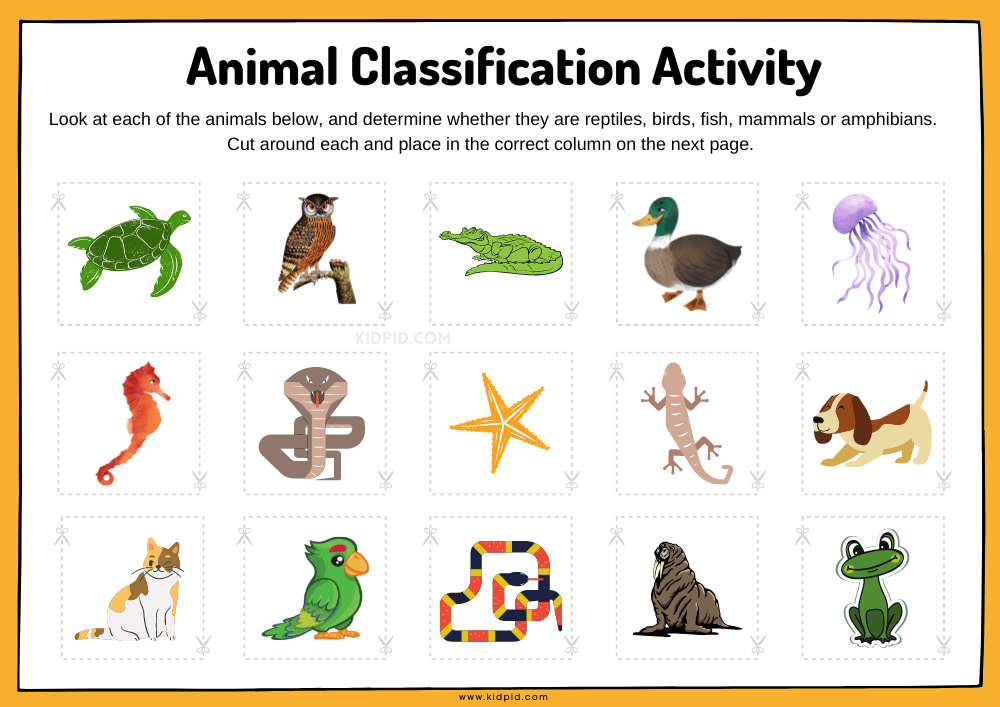
Animal categorization is the process by which scientists divide and group animals into categories according to what they have in common so that they may be studied more easily. All creatures are classified as vertebrates (those with a backbone) or invertebrates (those without a backbone).
In this worksheet, we will try and identify different animals from each other and sort them into fish, amphibians, reptiles, birds, and mammals
Contents
What does this worksheet include?
Animals are classified on a similar basis to plants on some shared fundamental features. They are classified into seven main taxonomic categories which are phylum or division, classes, order, families, genus, and species. Basis of animal classification constitutes majorly- 1> Cellular level of organization within an animal, 2>Body symmetry, 3>Diploblastic and Triploblastic Organization within an organism, 4>Type of coelom, 5> Segmentation, 6>Digestive System, 7>Respiratory System, 8>Circulatory System, 9>Presence and Absence of the notochord and many other distinctive features.
You’ll Learn:
This helps and makes the identification of living creatures easy as well as increases a child’s knowledge of existing animal diversity. Classification improves our understanding of how different types of plants and animals are grouped together, as well as analyzes their fundamental characteristics features – similarities and differences.
Vertebrates or animals with a backbone can be broadly classified into-
- Cyclostomata, Chondrichthyes, Osteichthyes (All of which are majorly fishes).
- Amphibia ( amphibians that can survive both on land and water)
- Reptilia (reptiles)
- Aves (birds)
- Mammalia (All mammals including human beings fall in this category)
Instructions to use this worksheet
This worksheet will bring to your child notice the variety of organisms present on the planet earth.
Raising awareness among kids about the variations that make organisms differ and the wide range of ways they operate is the motto behind each printable that provides information about them making possible the study of many creatures simultaneously.
This exercise thus explains the interdependencies between the diverse creatures. It improves the comprehension of organism evolution. It supports environmentalists in the production of new plant and animal conservation technologies.
Types of Animals and Their Characteristics:
Look out for these salient features in animals that set reptiles, amphibians, birds, fishes and mammals when trying to differentiate them from each other. Kindly take note of the aforementioned characteristics that will help you in the animal sorting activity in the printables attached alongside it. For a kid, this task may not be as easy as ABC but it will help to improve the observing power and analytical skills of
1. Reptiles-
Their creeping or crawling mode of locomotion sets them apart from the rest of the mammals-
- Reptiles are mostly terrestrial animals
- Their body is covered by hardened skin majorly epidermal
scales or scutes. - Scales or cornified skin cover the entirety of their bodies.
- They have a strong backbone.
- They are poikilotherms.
- Internal fertilization takes place in all reptiles
- Reptiles release shelled eggs or give birth to their kids
- Every reptile species has at least one lung.
2. Birds
The presence of Feathers and Wings is the characteristic feature that sets them apart from the rest-
- The skeleton is light and rigid.
- Endothermic metabolism is a type of metabolic process in which the body produces heat from a distinct respiratory system
- They possess beaks.
- Feathers and wings come in different sizes and shapes
- They are purely warm-blooded animals
- The hind limbs are modified for walking, swimming, perching and clasping of the tree branches.
- The endoskeleton is bony and the long bones are mostly hollow with air cavities
- Respiration takes place through the lungs
- They are also oviparous.
- Fertilisation is internal.
3. Mammals
The most unique mammalian characteristic is the presence of mammary glands(milk-producing glands)
- Mammals adapt and have developed according to their habitat over time.
- Some can fly and have wings.
- Some are aquatic animals while others inhabit terrestrial terrains.
- Hair or fur can be found completely covering the body
- Glands that produce sweat.
- External ears or pinnae are present.
- Different types of teeth are present all having specific functions
- They are homoiothermic i.e warm-blooded
- Sexes are separate
- Fertilization takes place internally.
- Mostly they are viviparous with few exceptions.
- Three bones in the center of the ear.
- The neocortex is a brain area that particularly specializes in vision and hearing.
- A heart with complete four chambers is present.
4. Fishes
All fishes are cold-blooded since they live inside water and use gills-slits for respiration-
- Underwater life necessitates the use of gills-slits.
- The fish has a swim bladder, it may sleep without sinking to the bottom of its ecosystem.
- Cartilaginous endoskeleton is present in most fishes
- They have numerous fins and scales all over their body
- Fins come in a variety of shapes and sizes, but the tail fin is mostly found in all fishes.
5. Amphibians
Amphibians can live and thrive both in aquatic as well as terrestrial habitats–
- Amphibian skin is moist, slimy and silky in nature
- Amphibians breathe through all three -their skin, gills and lungs.
- Amphibians are cold-blooded i.e. ectotherms in nature
- Fertilization is carried out externally.
- They are oviparous.
- Having a long life cycle in which larval undergoes metamorphosis and various stages are involved before it completely becomes a fully developed adult i.e. development is indirect.
Animal Classification Sorting Worksheet
Animal Classification Sorting Worksheet: 1
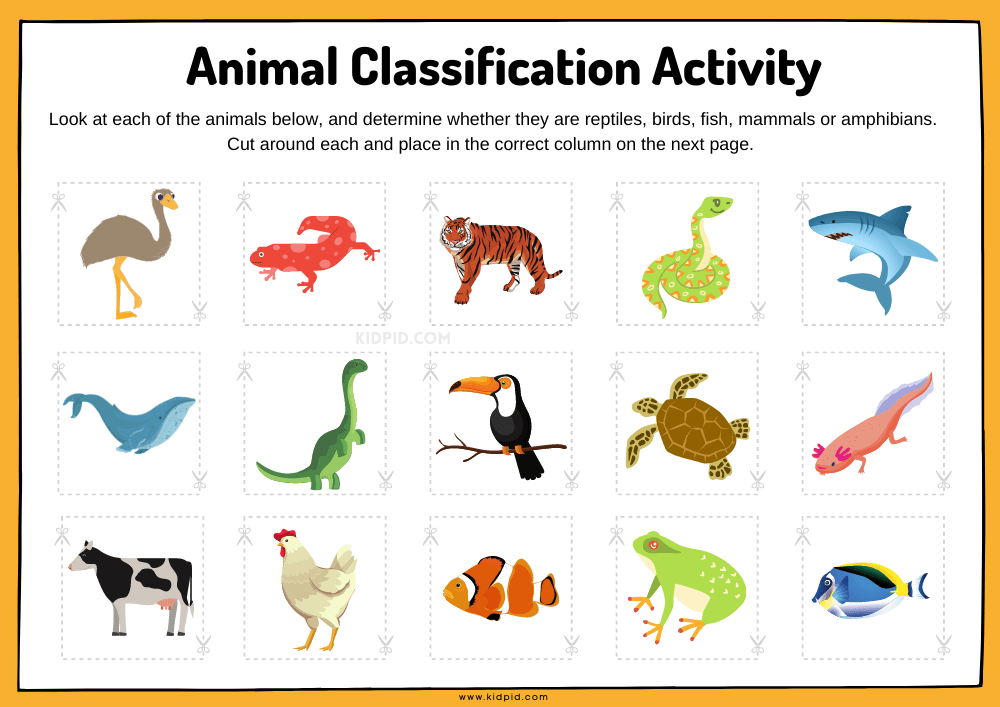
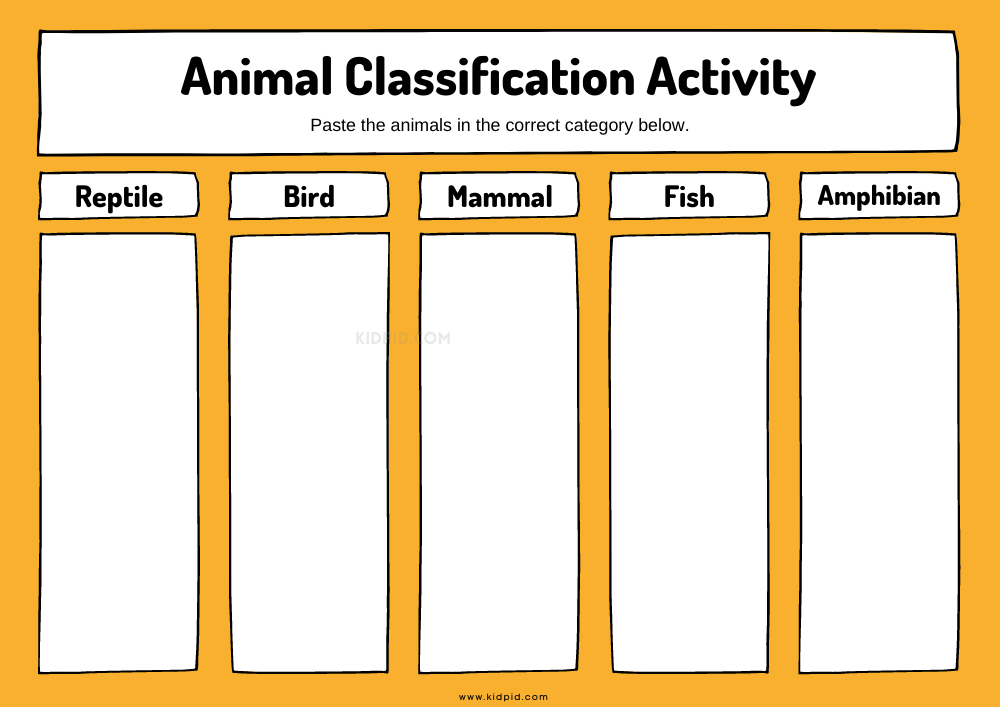
Animal Classification Sorting Worksheet: 2

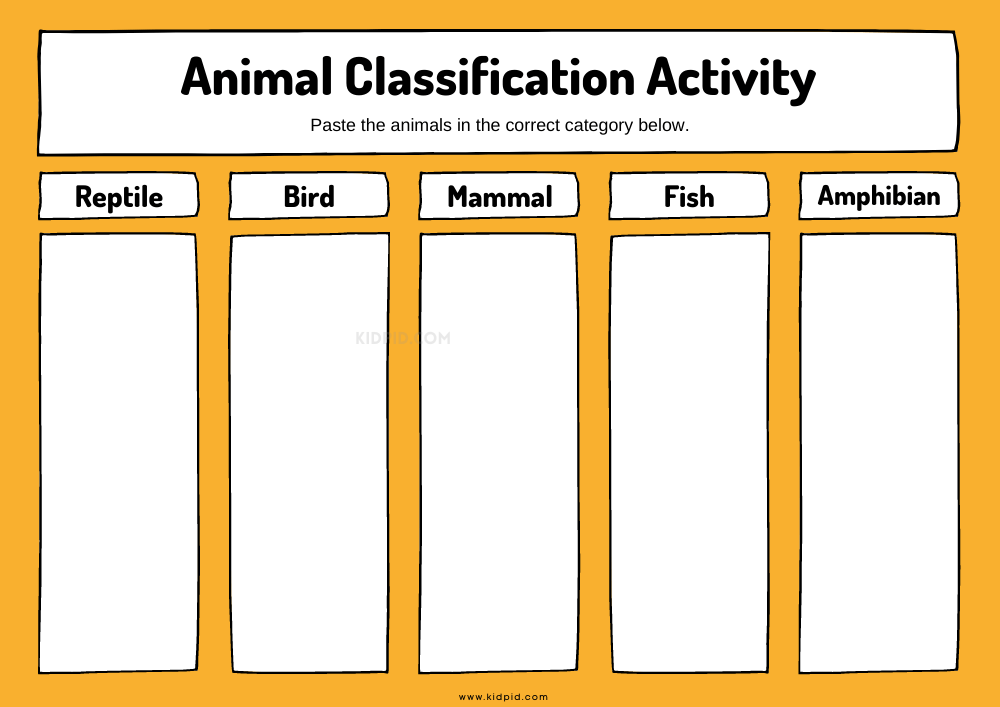
Animal Classification Sorting Worksheet: 3
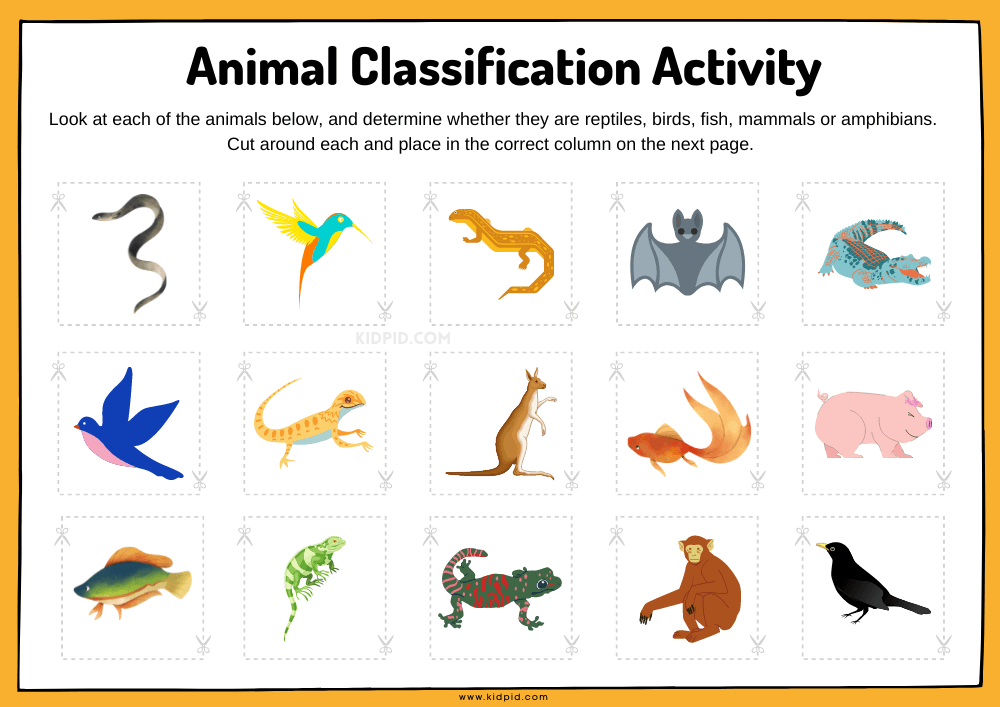
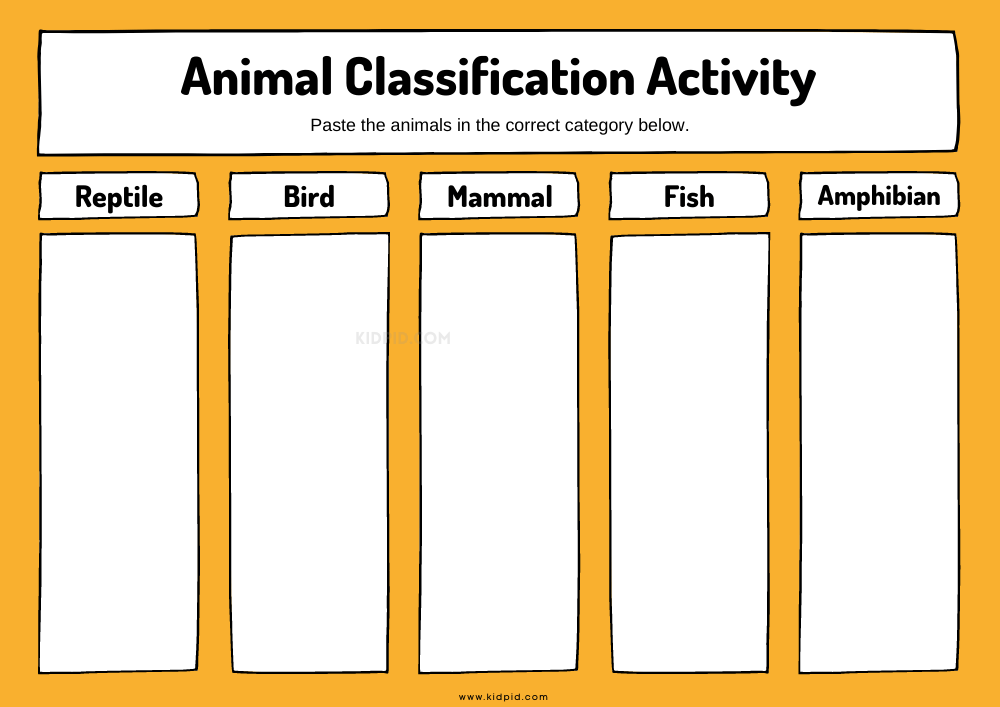
Animal Classification Sorting Worksheet: 4
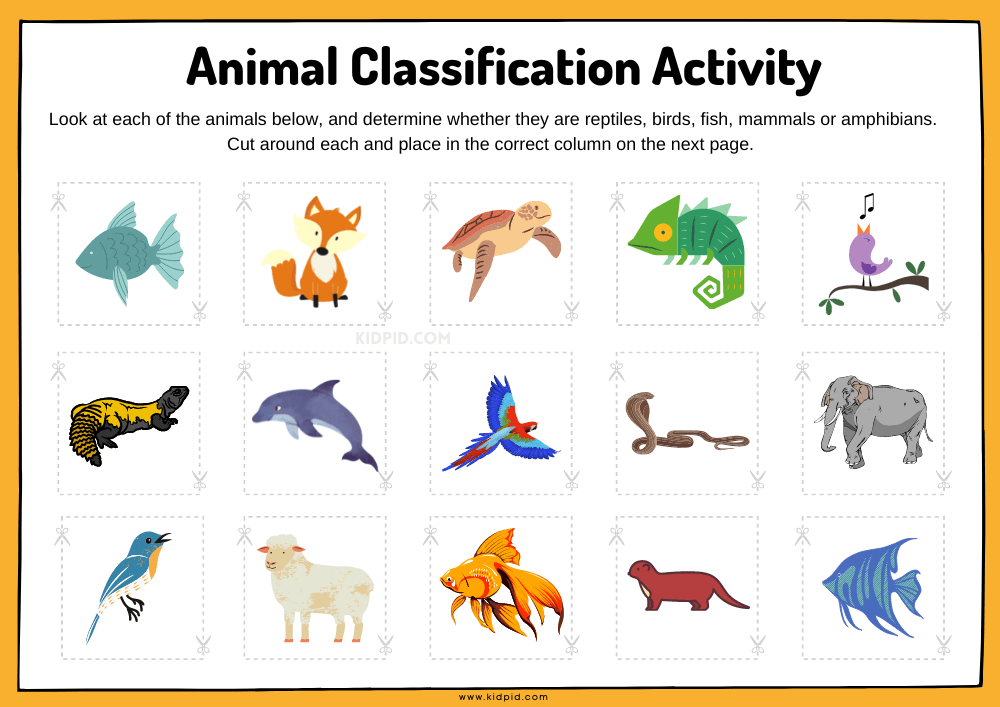
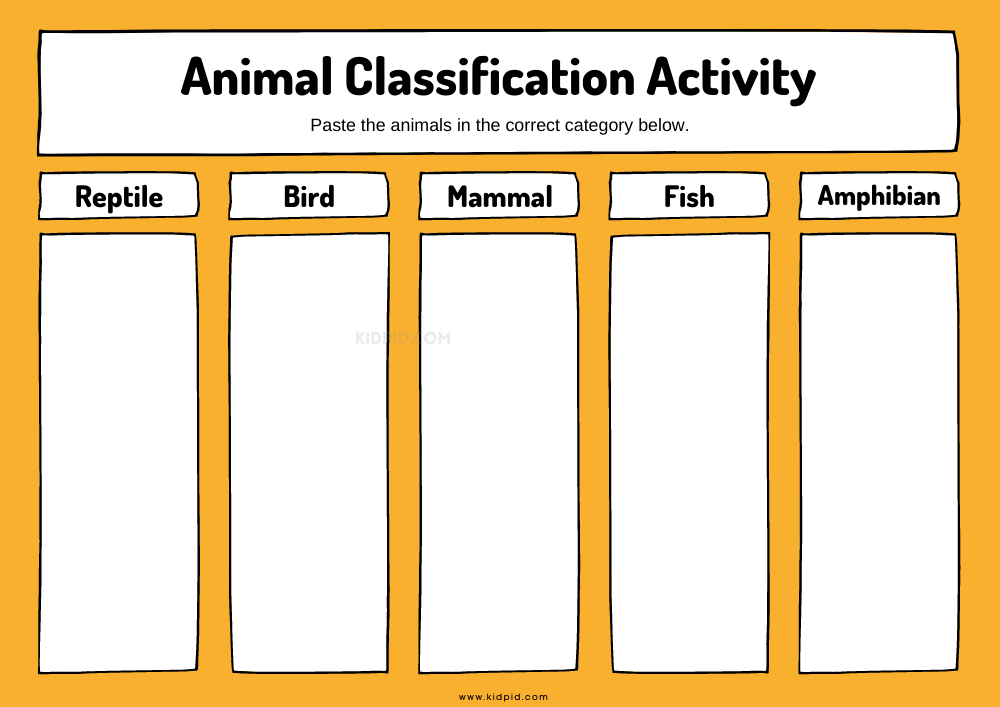
Animal Classification Sorting Worksheet: 5
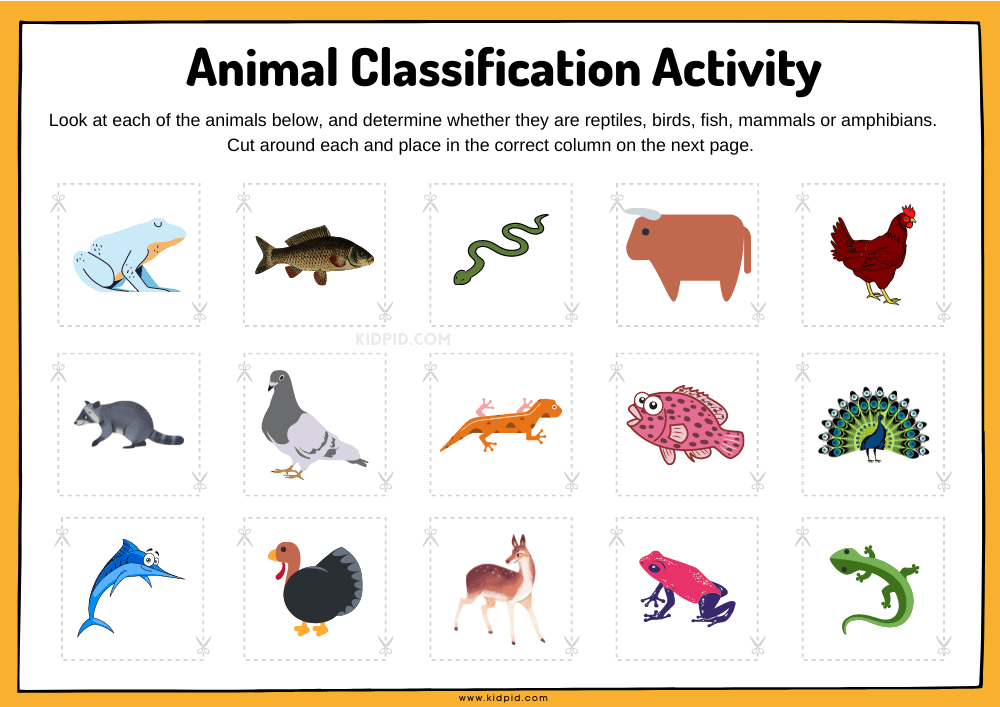
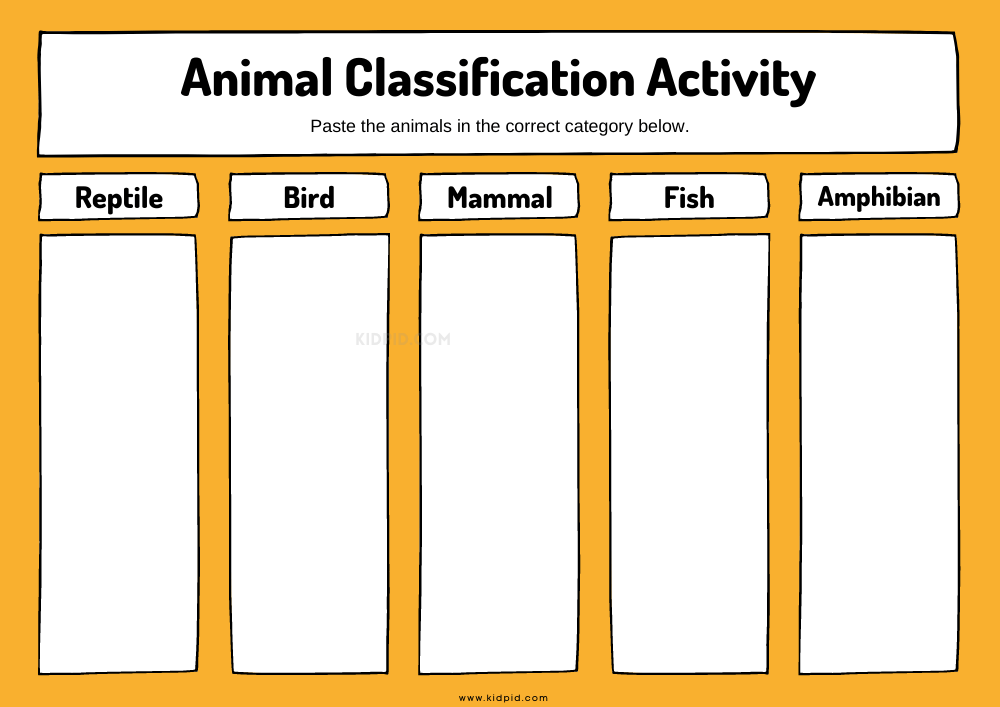





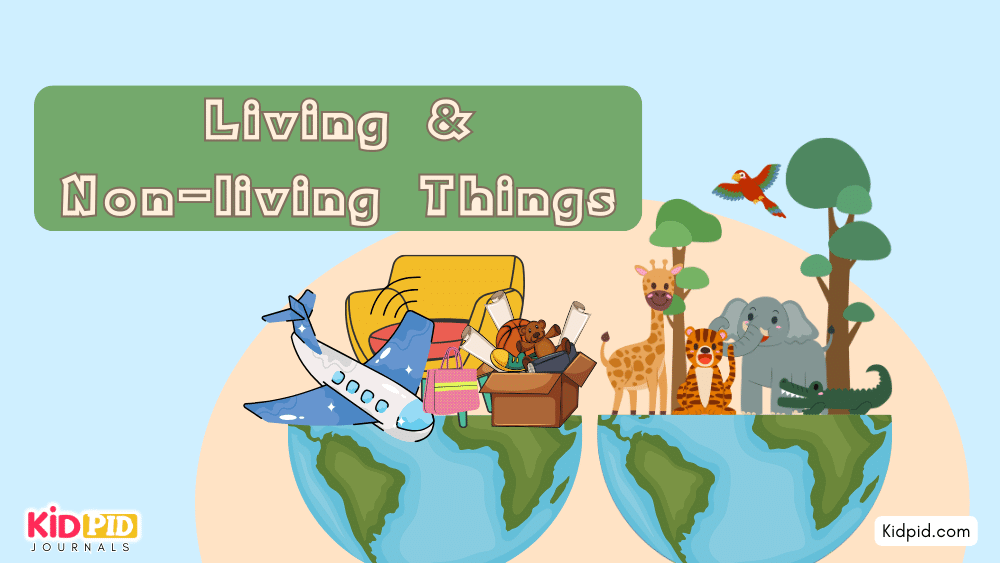

Responses